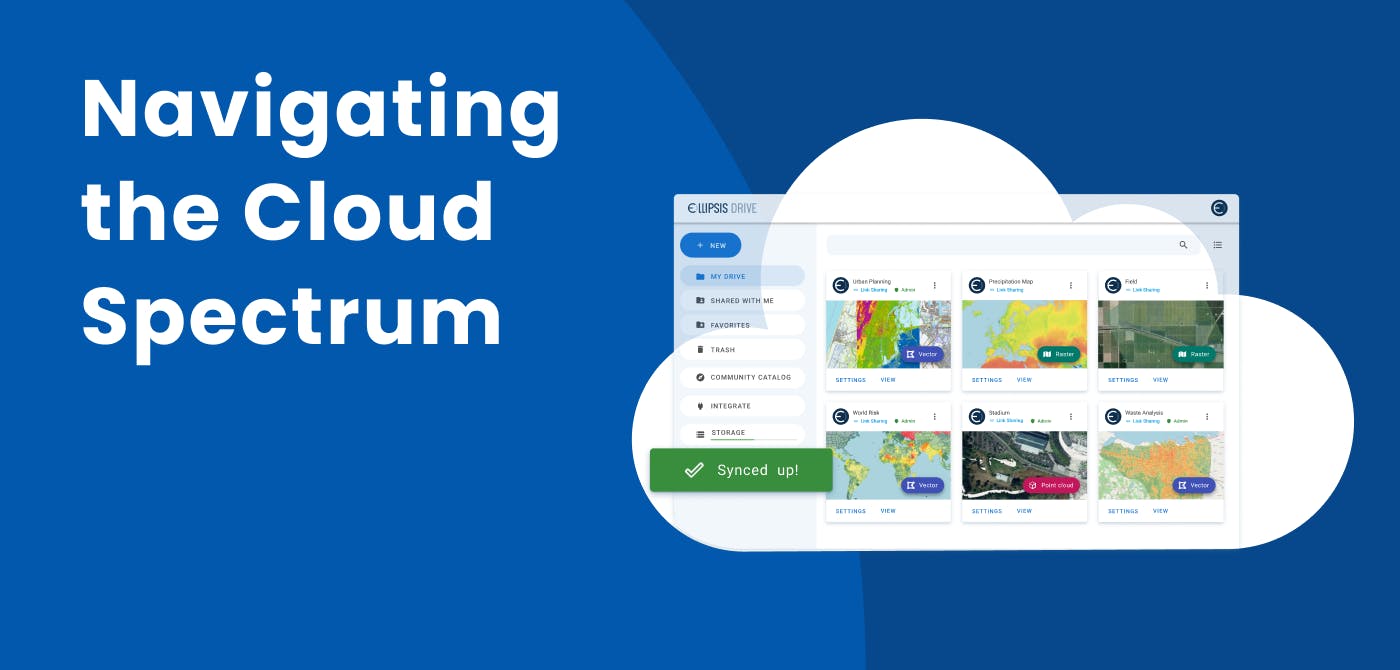GIS
Ethics in GIS - An Overview

As the future of digital systems looks bright, Geographic Information Systems (GIS) is becoming more popular in various industries to help companies map all types of data. The main goal of GIS is to connect the data gathered, plot it on a map, and integrate location data with descriptive information.
In effect, GIS helps people understand patterns, relationships, and the geographic context of all the data stored. Although such systems aim for good communication and efficiency, there are always questions about data commercialization and selling spatial data.
Because of these issues, ethics in GIS has become increasingly important in discussions surrounding the field, especially to the wider sciences and industries that further use personal data to derive information. Ethics is important in this system as communities and individuals are vulnerable to abuse if the information falls into the wrong hands.
Contents
Establishing Ethics in GIS
Ethics is not a new issue in such systems. Organizations like the Urban and Regional Information Systems Association (URISA) have developed their own ethical guidelines and standards that help guide practitioners on how data should be collected and applied. Their guidelines state that data has to be filtered or securely handled to avoid private information from leaking. The guidelines do not allow data sharing for sensitive or private data to be applied as part of GIS data.
Guidelines on the Use of GIS Data and Geospatial Technologies
Other organizations, such as the United Nations Children’s Fund (UNICEF), also published their own guidelines for data collection for GIS use. The rules state that spatial technologies like Unarmed Aerial Vehicles (UAV) are not used to gather data on individuals unless in crisis and humanitarian disasters.
Furthermore, the data collected should be kept secure and used only for its intended purpose, focused on the primary responsibility of assisting during or after a disaster. It is also important that organizations not collect, store, or utilize data for personal use.
Ten Key Attributes for Ethical GIS Data
- Maps should be evident to the map reader and shouldn’t be deceptive or confusing
- GIS specialists should identify their audience to communicate better.
- The data should be truthful and accurate.
- Data should be transparent. Never leave out contextual data to your audience.
- Do not discard contradictory data. The researcher or analyst should be unbiased.
- Have the data accurately portrayed, be careful not to diminish or exaggerate information.
- Never plagiarize data and cite references wherever appropriate.
- Choose appropriate symbols that are neutral.
- Work should be repeatable; others should be able to replicate the processes involved.
- Ensure sensitivity to cultural values and beliefs of others when creating maps.
Conclusion
Even if we are in the digital age, it is important to consider the ethics in our processes before anything else. As GIS continues to emerge as our means to gather information and data, the dangers that come with it spread too. By applying ethics in these systems, we can continue using them as important tools that deliver solutions. After all, GIS was meant to solve problems—not create more.
Ellipsis Drive is a company that redefines the way we use spatial data. Imagine a world where all you need to exchange, view, and edit spatial content is a browser and a link. We envision the world as a place where spatial data can be activated, found, and used easily—as ethically as possible. Join us as we create value for people with data worth sharing, connect content, safeguard platform independence and ensure a real-time relationship.
Liked what you read?

Subscribe to our monthly newsletter to receive the latest blogs, news and updates.
Take the Ellipsis Drive tour
in less than 2 minutes'
- A step-by-step guide on how to activate your geospatial data.
- Become familiar with our user-friendly interface & design
- View your data integration options

Related Articles

Navigating the Cloud Spectrum: From Generalist to Specialized, and the Perfect Middle Ground
The modern cloud ecosystem spans a wide spectrum of offerings, from general-purpose infrastructure to highly specialized platforms built for domain-specific tasks. At one end, generalist clouds provi
5 min read

Unlocking the Potential of Data: Comparing Tabular and Non-Tabular Protocols
The world of data is a complex landscape and each year, the complexity of that landscape grows exponentially. A combination of new data capturing technology, data processing technology and demands fo
6 min read

Understanding the importance of GIS in Urban Planning
Cities are robust places filled with life, but before it becomes a cosmopolitan paradise, plenty of ever-evolving complexities are happening behind the scenes to bridge the gaps and create an area spa
3 min read